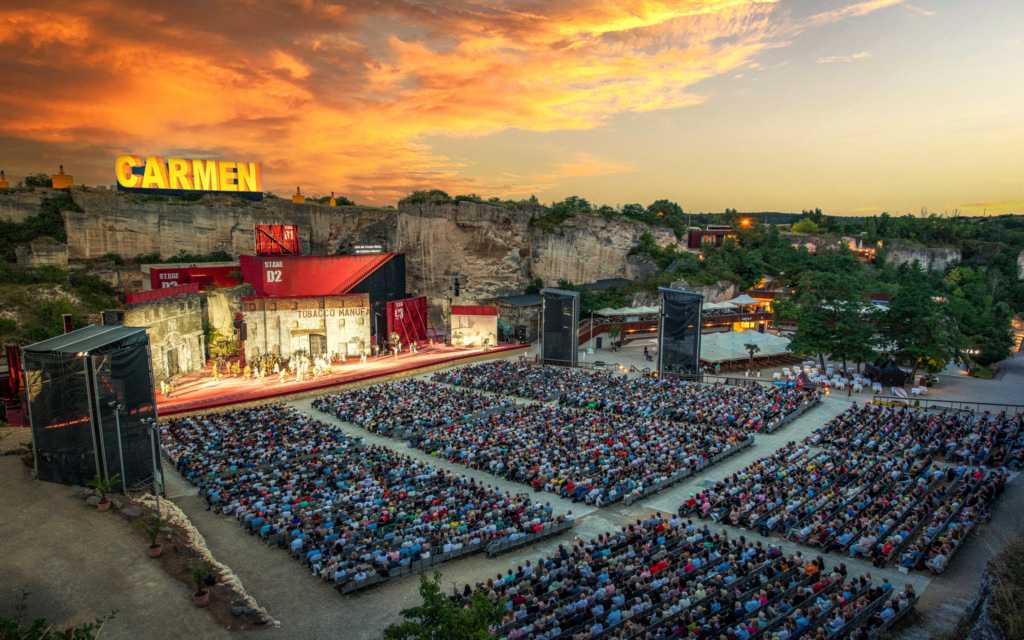TiMax enjoys busy summer season
- Details

In the UK, Edinburgh Military Tattoo is a pinnacle of the Edinburgh festival and pulls in a 9,000-strong audience every night to watch a spectacular and dynamic performance featuring military bands from all over the world. In new creative hands this year with sound designer Scott Willsallen of Auditoria heading up the audio team, TiMax SoundHub and TiMaxTrackerD4 were still a requirement to spatially reinforce and track hundreds of military musicians through the nightly, multi-act, performances. Referring to the high calibre technology deployed for the tattoo, creative director, Michael Braithwaite, confirms: “It’s not just gratuitous use of effect, it’s using technology for the right reasons.”
A 64-channel TiMax SoundHub drives a spatialisation system of distributed loudspeakers through the auditorium in the castle grounds. Several sets of TiMax Trackerd4 Tags were revolved through multiple acts of military musicians, monitored by 18 TiMax Tracker sensors placed high in the castle walls, providing inherent robust redundancy across the vast performance area, as only two sensors are required to locate the movement of any Tag.
Over in Switzerland, the audio management, and also the lighting, for the Basel Tattoo, was once again in the firm control of sound designer and production chief Tom Strebel, with his audiopool team of technicians and engineers operating TiMax SoundHub with the support on-site of Robin Whittaker from OutBoard.
Triggering cue changes directly from SoundHub to follow the moving bandspeople, audiopool created TiMax Image Definition objects which provided multiple timings between input sources and speakers over an array 28 localisation zones across the arena. Group outputs from the FOH Digico SD7 console fed radio mics to TiMax via MADI then individual TiMax outputs drive each speaker channel, including eleven distributed subbass cabs under the audience seating.
Also in Switzerland, audiopool specified TiMax SoundHub spatialisation with TiMax TrackerD4 to automatically follow the actors around the stage at Thunerseespiele, the picturesque lake stage set at the foot of the UNESCO-protected mountains that include the Eiger. This summer’s outdoor production saw the 2700-strong nightly audience benefit from vocal localisation and overall enhanced level of engagement for everybody.
Europe’s largest outdoor stage at St Margarethen relies perennially upon TiMax SoundHub spatial imaging with TiMax TrackerD4, with this summer no exception. Due to its vast stage which measures over 80m wide and 30m deep, the powerful TiMax spatial platform is a must at St Margarethen due to the very long dynamic matrix delay values needed to meet the huge stage dimensions. The stage is divided into multiple zones, with an impressive number of actors wearing tags to be tracked for TiMax SoundHub vocal localisation. The tags offer a further creative use driving sound designer Volker Werner’s Amadeus spatial reverb system so that it can work cohesively with the TiMax imaging.
The St Margarethen stage scenery is used to house concealed audio reinforcement and TiMax makes the impossible possible by enabling scenery to be moved, repositioned, and changed - with delay times being automatically updated in TiMax to work perfectly.
















